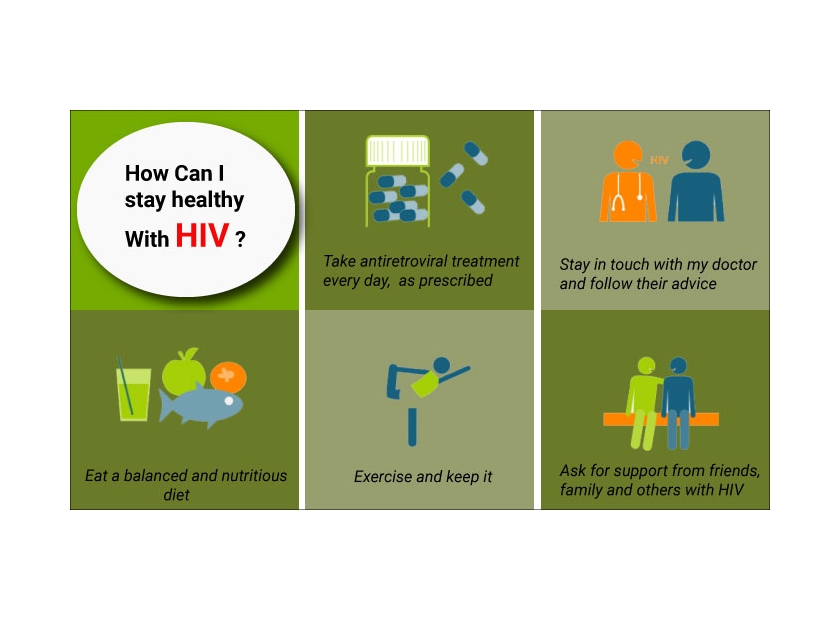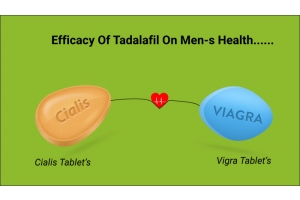Living With HIV
HIV Long-Term Outlook
The outlook for people living with HIV has significantly improving over the past two decades. More people who are HIV-positive can now live much longer, healthier lives when regularly taking antiretroviral treatment.
Kaiser Permanente researchers found that the life expectancy for people living with HIV and receiving treatment increase significantly from 1996 on. Since that year, new antiretroviral medication have been developed and added to the existing antiretroviral therapy. This has result in a highly effective HIV treatment regimen.
In 1996, the totally life expectancy for a 20-year-old person with HIV was 39 years. In 2011, the total life expectancy bumped up to 70 years.
What effect does HIV have on the body?
HIV attacks a specific type of immune system cell in the body. It is known as the CD4 helper cell or T cell. When HIV destroys this cell, it becomes harder for the body to fight off other infections.
When HIV is left untreated, even a minor infection such as a cold can be much more severe. This is because the body has difficulty responding to create new infections.
Not only does HIV attack CD4 cells, it also uses the cells to make more of the virus. HIV destroys CD4 cells by using their replication machinery to create copies of the virus. This ultimately causes the CD4 cells to swell and burst.
When the virus has destroy a certain number of CD4 cells and the CD4 count drops below 200, a person will have progressed to AIDS.
However, it is important to note that advancements in HIV treatment have made Valcivir 1000mg possible for many people with HIV to live longer, healthier lives.
How is HIV transmitted?
HIV is transmitted through contact with the following bodily fluids, from most likely to lead to HIV transmission to least likely:
- Blood
- Semen
- Vaginal fluid
- Breast milk
Sex without a condom and sharing needles — even tattoo or piercing needles — can result in the transmission of HIV. However, if an HIV-positive person is able to achieve viral suppression, then they will be unable to transmit HIV to others through sexual contact.
According to the Centers for Disease Control and Prevention, a person has reached viral suppression when they have fewer than 200 copies of HIV RNA per milliliter of blood.
How many people are affected by HIV?
An estimated 1.1 million United States people are living with HIV, but fewer are contracting the virus every year. This may be because of increased testing and advances in treatment. Regular Valgan 450mg antiretroviral treatment can reduce HIV in the blood to undetectable levels. According to the Centers for Disease Control and Prevention, a person with undetectable levels of HIV in their blood isn’t able to transmit the virus to a partner during sex.
Between 2010 and 2014, the annual number of new HIV infections in the U.S fell by 10 percent.








